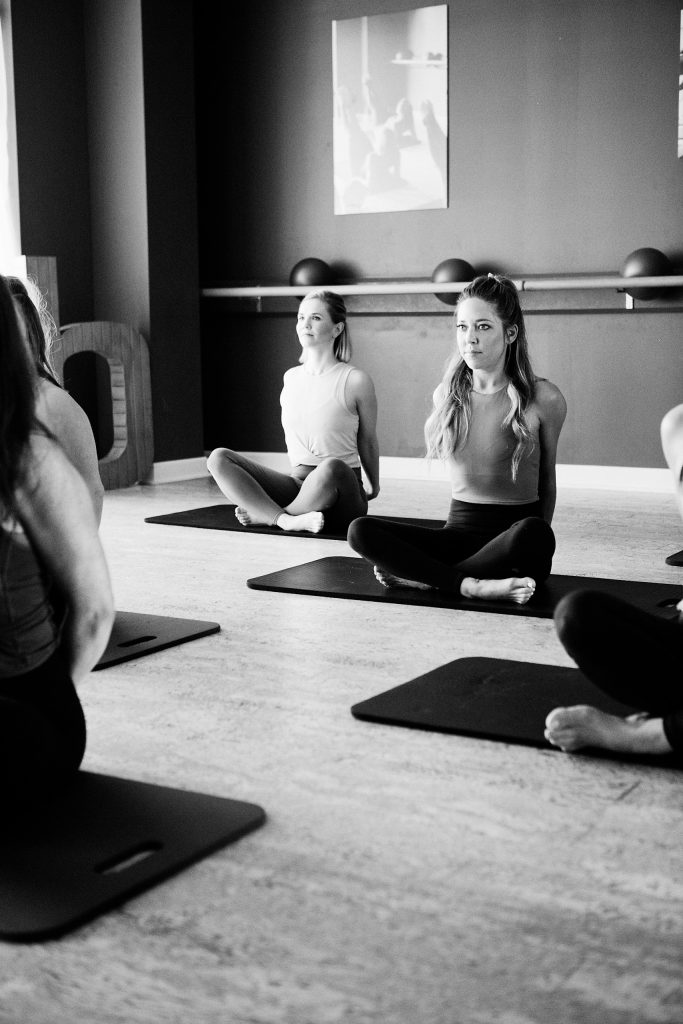Practicing Gratitude beyond Thanksgiving
Considering what and who we’re grateful for was top of mind for all of us last week (for some of us, maybe we were grateful for who we were not around!). But we tend to stop talking about our gratitude after our Thanksgiving meal, and bank those thoughts away for the next Thanksgiving holiday.
The research on the positive effects for practicing gratitude feels nearly endless this day and age. Expressing gratitude regularly is credited with tons of mental and physical health benefits, from stress relief to better sleep to higher self-esteem and much more. But there’s far less conversation about how to actually practice gratitude. While there isn’t one golden standard or definition, and we see endless gratitude journals or affirmation prompts on social media, the intention and execution can ultimately get lost in translation. Plenty of people actually make this gratitude mistake – it’s misleading and can even backfire and make us unhappier!
We often make gratitude all about ourselves. When writing a gratitude list or perhaps journaling what we’re thankful for, we tent to focus on “me” statements. Such as “I’m grateful for this because it makes me feel this way.” This emphasis on self-immersion is the antithesis of what gratitude is all about—and that’s what can ultimately make you feel unhappier. The key is to direct your gratitude outward. When you express gratitude, try your best to make it about the person or thing that you’re grateful for, versus your self-interpretation of the personal outcome.

Some prompts to help you get into the mindset of others could look like: “What do you appreciate about that person?” Or “What do you appreciate about something?” That emphasis on ‘the other’ is crucial because it creates more happiness for all parties involved. So often, we don’t express gratitude to people because we think they already know how grateful we are or we feel like we can’t find just the right words and it won’t translate or we might feel vulnerable or awkward. But actually, when you put it down on paper, not only will the person, place or thing you’re grateful for relish it, you will too, for a sustained period of time.
This doesn’t have to quite literally be written down (although a quick thank you note or card feels rare in these electronic days of endless text and emails, and will likely really stand out and feel more impactful to your recipient! Here are some other to express gratitude, indirectly and directly, towards others.
- Learn someone’s love language and enact it. Your natural inclination may be to give someone a hug or buy a small gift to show your appreciation. But is that your love language or theirs? Maybe they’d love uninterrupted quality time with you, or if you offered to help take something off their to-do list!
- Practice active listening. Active listening is defined as the process of creating space for another person to talk and fully engaging in what they have to say. Rather than internally rehearsing what you might say next or drifting into judgment, instead as the the listener, you are completely attentive to the person talking. This makes someone feel safe enough to speak their full truth and builds deep trust.
- Small acts of kindness. This might look like leaving a post-it note on a bathroom mirror for a roommate, child or significant other or even a co-worker’s computer or office space. It could also look like leaving a larger than normal tip for your neighborhood barista or a great server.
- Words of affirmation or validation. Give a quick shoutout to a co-worker in your next meeting who made your life easier that week. Or maybe giving a neighbor or your (barre) instructor or coach a personal compliment that day.
- Include others. Invite someone to tag along to your next workout class, bible study, or girls night out.
- Acts of service. This could look like delivering a meal, baked goods, or flowers to a friend, family member, or even acquaintance. Or maybe you offer to run an errand for someone or take something off their to-do list that wouldn’t be burdensome to you.
- Smile! When you smile, your brain releases tiny molecules called neuropeptides to help fight off stress. Then other neurotransmitters like dopamine, serotonin and endorphins come into play too.

Self-expressions of gratitude are also central to your mental and physical well being. It changes your vibration and energy as well as the energy of what comes to you in the form of things, people, and opportunities. Outside of journaling, here are some out-of-the-box ways to generate your own self-gratitude practice.
- Create a gratitude ritual. Consider moon cyclical rituals, make nature art mandalas, or work with prayer beads to ground your ritual in gratitude for better manifestation results.
- Take a gratitude walk. Similar to “moving meditation”, light exercise, like a gratitude walk, helps move stuck energy and emotions through your system. To try a gratitude walk, mindfully focus on what you’re grateful for as you stroll through your neighborhood or a park.
- Reframing your mindset to a “glass half full” mentality. We tend to naturally think of things that we want from a place of lack. But it can be even more powerful to think of things you want from a point of gratitude. Being grateful for what you have does not stop you from trying for more or better. For example, if you’re looking for a romantic partner, you can reflect on all of the love that is already in your life right now.
- Create an atmosphere of gratitude. It’s normal to vent, whether the venting comes from you or a friend or family member. But balance the conversation by remarking on something you are grateful for next. At home, you can also start a ritual with roommates or family members where you state out loud something you’re grateful for when eating or at bedtime. If you live alone, develop a rhythm where, for a few minutes each day, you think about what you’re grateful for while you are cleaning or commuting to work.
- Start small, and keep going. Start by being thankful for the basics – things that we assume are ‘givens’ and we rarely stop to consider gratitude. Be thankful for clean water, healthy food, and a safe place to lay your head at night. Gratitude is a habit that develops and strengthens with time and practice.


